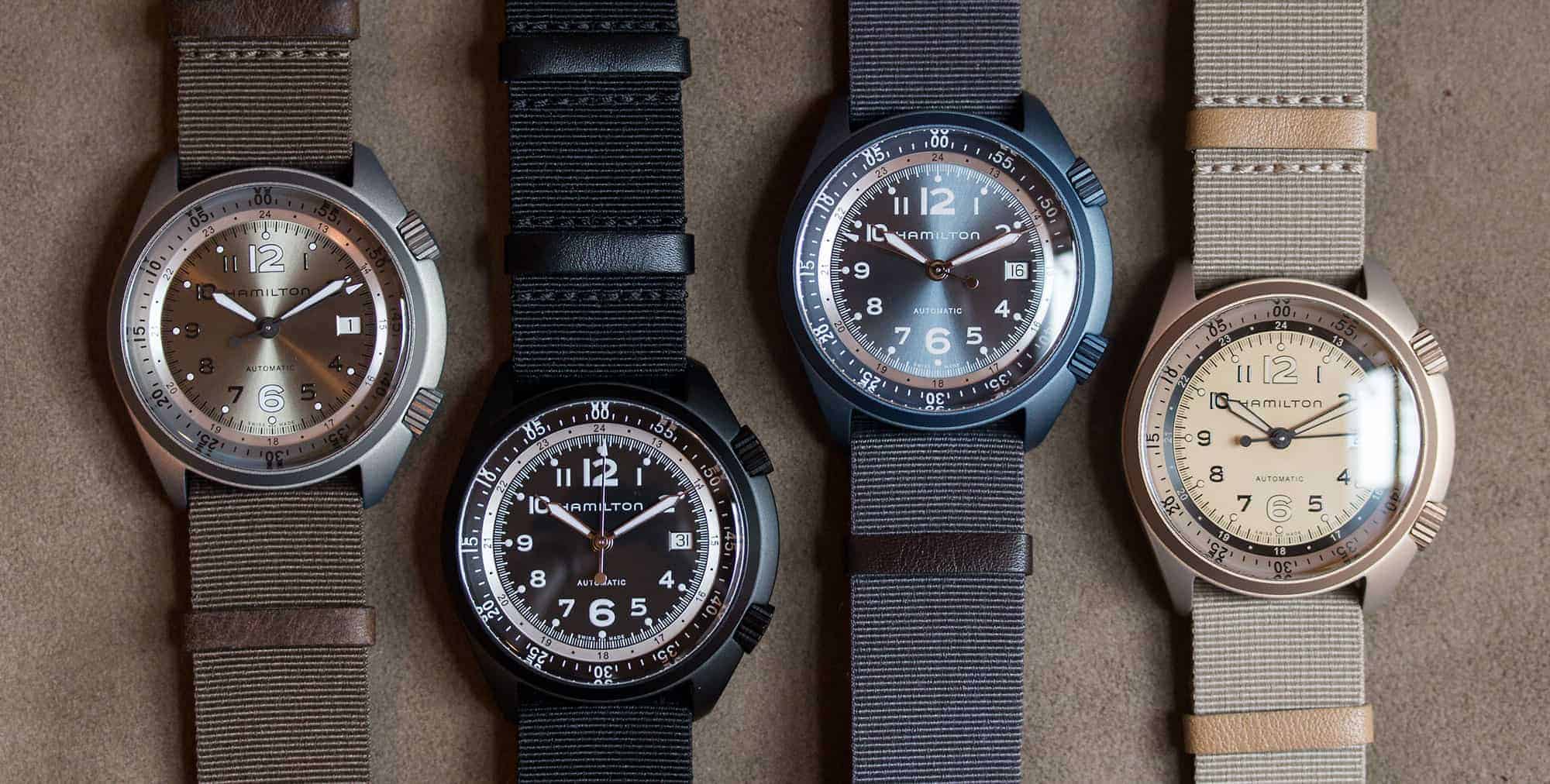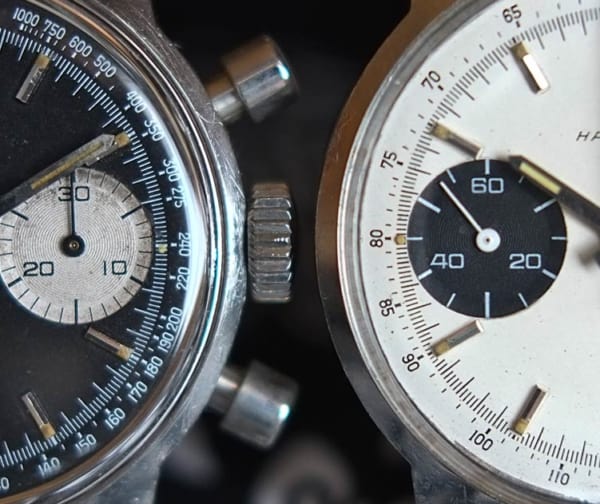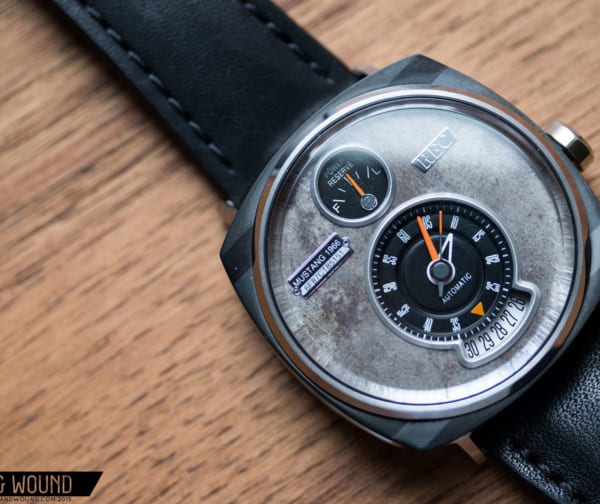A couple of years ago, when Hamilton announced the Pilot Pioneer Automatic Chronograph, it got a lot of people, us included, really excited. It was the exact kind of watch from their archives we want to see them bring back. A cool watch with historical significance and a cult status among collectors. To follow up the success of that watch, Hamilton has riffed on the concept to create a series of 3-handers that still speak to the ’70s RAF pilot watches those chronographs were based, while becoming something new for their line-up as well as an having unexpected twist.
The so called Pilot Pioneer Automatics are dual crown versions of the RAF asymmetrical pilots watches. By adding the dual crown/internal bezel functionality, they did a good job of creating something new that doesn’t just feel like a the chronograph, sans-chrono. But to make things more interesting, they decided to do two versions, one in steel, and then one in aluminum. A material we’re all familiar with yet rarely see in watches, it’s super light and can be treated have interesting colors. It’s not an easy material to work with, nor is it inexpensive, so it’s not something brands often use. But, Hamilton gave it a shot, creating something very interesting an unexpected. Considering the sheer number of pilots watches out there, Hamilton was smart to make something that would stand out. With a price tag of $1,145, these are a bit pricier than many of Hamilton’s other three hand pilots watches, so let’s see if they are worth the premium.









 Featured Videos
Featured Videos



















Love the asymmetrical case design.
Where is the place to find them for “a lot less?”
jomashop
http://www.jomashop.com/hamilton-watch-h80485835.html
1,2k? sorry. the watch look cheap. like a chinese watch for 150.
41mm?? Too big!!
The green dial isn’t going to be easily readable in poor light, as military style watch should be. As the author states, the sunburst dials don’t fit the theme either. The black is good looking and pragmatic; however, there are many other black watch on the market. So in the end the Khaki is my favourite, with blue in second place. I’d like to see the khaki dial in the green case.